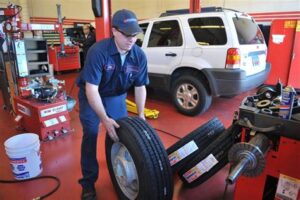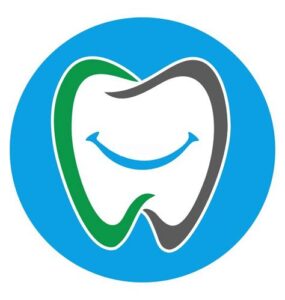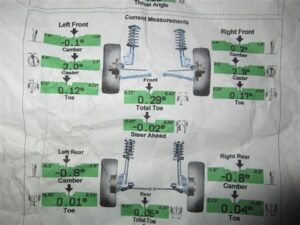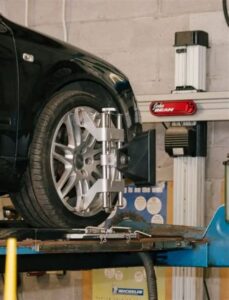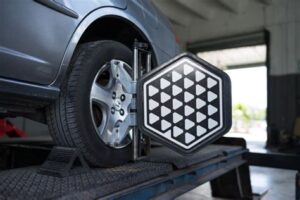Is your car still shaking after a professional alignment? You’re not alone—a common concern among vehicle owners that can lead to anxiety about safety and performance. Whether you’ve just had your wheels aligned or are experiencing this issue after years of driving, understanding the potential causes is crucial to ensuring a smooth and safe ride. From mechanical issues to driving habits, there are many factors at play. In this article, we will explore the common causes of a car continuing to shake after alignment, diagnose underlying issues, and highlight the effects of poor wheel alignment on your vehicle’s performance. Plus, we’ll provide valuable steps to take if you find your car still shaking after service and when to consult a professional for assistance. Let’s dive into the essential knowledge you need to keep your vehicle performing at its best.
Common Causes Of A Car Still Shaking After Alignment
Even after a professional wheel alignment, you might still experience your car shaking, which can be concerning. Understanding the car still shaking issue is crucial for effective troubleshooting. Here are some common causes that might contribute to the problem:
- Worn Suspension Components: Parts like shocks, struts, and bushings may be worn out, leading to instability even post-alignment.
- Imbalanced Tires: If tires are not properly balanced, they can cause vibrations that mimic alignment issues.
- Faulty Wheel Bearings: Damaged or worn wheel bearings can lead to noise and vibrations, indicating a problem beyond just alignment.
- Brake Issues: If brake rotors are warped, they may cause shaking during braking, which could be mistaken for an alignment issue.
- Tire Condition: Tires with uneven wear due to previous misalignment or improper inflation can cause vibrations.
- Improper Alignment: If the alignment wasn’t done correctly, it can still lead to noticeable shaking.
Addressing these underlying issues is imperative for ensuring safe and smooth driving. If the shakes persist, it’s essential to consult with a professional for a comprehensive evaluation.
How To Diagnose Why Your Car Is Still Shaking
When you notice that your car still shakes after an alignment, it’s crucial to undertake a systematic approach to diagnose the issue accurately. Here are the steps you can take to identify the root cause:
- Visual Inspection: Start by inspecting the tires for any visible damage or uneven wear. Look at the tread depth and check for bulges or flat spots that could indicate a tire issue.
- Check the Balancing: Ensure that the wheels are properly balanced. An imbalance can cause vibrations that might feel like misalignment. If you suspect this, consider getting the wheels rebalanced.
- Examine Suspension Components: Inspect the suspension system, including shocks and struts, for any signs of wear or damage. A faulty suspension can contribute to a jittery ride.
- Look for Loose Parts: Check for any loose or damaged components in the steering and suspension systems. Pay special attention to ball joints, control arms, and bushings.
- Test Drive: Take your vehicle for a test drive. Try varying speeds to determine if the shaking occurs at specific speeds or during acceleration. This information will help narrow down the issue.
- Listen for Unusual Noises: While driving, listen for any noises that accompany the shaking. Clunking or grinding sounds could indicate a more serious mechanical problem.
- Utilize Diagnostic Tools: If available, use diagnostic tools to check for any error codes from the car’s computer. Issues with the engine, transmission, or sensors could also cause shaking.
By following these steps, you can better understand why your car still shakes and determine whether it’s related to alignment or another underlying issue. If you are unable to find the source of the problem, it may be time to consult with a professional mechanic for a thorough inspection.
Effects Of Poor Wheel Alignment On Vehicle Performance
When your vehicle’s wheel alignment is off, it can lead to several negative consequences that affect overall performance. Here are the key impacts of poor wheel alignment:
Understanding these effects is crucial, as it highlights the importance of regular vehicle maintenance, especially in ensuring that your alignment is correct. If you’ve recently had an alignment done and your car still exhibits issues, it’s worth investigating further to mitigate these negative impacts.
Steps To Take If Your Car Still Shakes After Service
If your car still shakes after having undergone an alignment service, it’s crucial to take the right steps to identify and resolve the issue. Here are some recommended actions:
Taking these steps can help diagnose any persistent issues with your car. Remember that car still shaking after alignment can signify underlying problems that require attention.
When To Seek Professional Help For Persistent Shaking
If your car continues to shake after an alignment, it may indicate underlying issues that require the expertise of a professional. Here are some key signs that suggest it’s time to seek help:
- Persistent Shaking: If the vibration does not improve despite alignment adjustments, professional diagnostics are necessary.
- Shaking at High Speeds: Excessive shaking only at higher speeds could signal problems with suspension or tires.
- Uneven Tire Wear: If you notice uneven wear patterns on your tires, it could indicate a misalignment or other related issues.
- Noisy Components: Unusual noises accompanying the shaking, such as clunks or rattles, may point to more serious mechanical problems.
- Brake Issues: If the shaking intensifies when braking, it could be related to brake components requiring professional attention.
Remember, seeking help sooner rather than later can prevent further damage and ensure your vehicle remains safe to drive. If you find yourself experiencing any of these symptoms, don’t hesitate to contact a professional mechanic to examine your vehicle for any serious issues related to the persistent shaking.
Frequently Asked Questions
Why is my car shaking after an alignment?
Shaking after an alignment can be caused by several factors including wheel balance issues, tire problems, or suspension misalignments that weren’t addressed during the alignment.
How do I know if my tires are causing the shaking?
You can inspect your tires for uneven wear patterns, bulges, or low air pressure. If the tires are worn or damaged, they might need to be replaced or rotated.
What other issues could lead to a car shaking?
Other possible issues include worn suspension components, damaged wheel bearings, or problems with the driveshaft or axles.
Is it dangerous to drive a car that shakes?
Yes, driving a car that shakes can be dangerous as it may indicate underlying issues that could affect vehicle handling and safety.
Should I get a wheel balance check if my car shakes?
Absolutely! If your car shakes, it’s a good idea to have the wheels balanced as this could resolve the issue if it’s caused by uneven weight distribution.
How often should I have my car aligned?
It is recommended to have your car aligned every 6 months, or whenever you notice uneven tire wear or experience steering issues.
Can misalignment occur after hitting a pothole?
Yes, hitting a pothole can easily cause misalignment in your car, which may lead to shaking and uneven tire wear.

